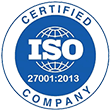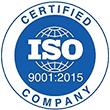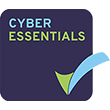Technology has permeated businesses of all sizes and indeed become indispensable. Consequently, as a small to midsize business owner or its IT manager, you must plan an IT budget that aligns with your business goals.
IT budgeting not only tracks your business expenses but also helps you identify focus areas that promote business efficiency and growth.
No IT budget or a poor one leads to several potential issues, such as surprising expenses, technological disruptions, and unmet business goals.
This blog will walk you through a comprehensive IT budgeting guide with expert insights, from basics to effective budgeting strategies, helping you better manage your SMBs.
Evaluating Your IT Needs
Inventory and Audit
The first step to preparing an IT budget is to take stock of your current IT assets and infrastructure. This involves compiling an inventory of all hardware, software, subscriptions, maintenance contracts, and network infrastructure. Each item should include the purchase date, working condition, warranty status, location, licenses, and supplier info.
Auditing your IT assets allows you to allocate funds for upgrades and replacements. It also helps you identify obsolete technologies and inefficient systems potentially causing productivity issues and disruptions. Conversely, perform a cost-benefit analysis of assets that have run their course but still provide value. Remember, cost-cutting goes a long way in improving ROIs.
Aligning with Business Goals
Your IT budget must also reflect your business goals of scaling and expansion. You can achieve this through gap analysis wherein you define where you are and where you want to be. It allows you to accurately determine the technology upgrades required to meet upcoming needs and grow your business. Some areas to focus on are:
- Inefficient and unreliable systems
- Insufficient cybersecurity measures
- Non-compliance with industry standards
- Budgeting for emerging technologies
Not auditing your IT infrastructure regularly or aligning your budget with business goals and market trends can risk overspending, underutilized assets, cyberattacks, non-compliance, and staying behind competition.
In addition, several industry experts recommend keeping separate funds for emerging technologies. For instance, AI and GenAI are two of the nine future-of-work trends (Gartner 2024) that can future-proof your business and help you stay competitive in the face of global disruptions.
Understanding IT Expense Categories
The next step in IT budgeting is to group your expenses into two main categories: Capital Expenses (CapEx) and Operational Expenses (OpEx).
CapEx
CapEx refers to the new IT assets you will purchase this fiscal year. It represents the one-time costs for new hardware, software, and network upgrades. Its estimate must be based on the IT audit and the company’s goals.
Here’s a process you can follow to prepare a CapEx budget:
- Consult with the finance department to understand their expectations and priorities.
- Analyze past budgets to identify spending trends.
- Prepare a list of new assets to be purchased with cost and time estimates.
- Add 15-20% to the estimate to allow for agile budgeting.
Another consideration is the trade-off between buying and leasing assets. While buying is the go-to option for certain resources, you may also consider leasing. It helps you control expenses and preserves cash flow. For instance, if you’re shifting your operations to the cloud gradually, purchasing expensive hardware won’t make sense. Plus, when the lease ends, you can replace old resources with more advanced ones.
OpEx
This category refers to the annual recurring operational costs. Things like subscriptions, licenses, cloud services, internet connection, personnel costs, support contracts, telecom expenses, etc. fall into this category. While CapEx involves large upfront costs, OpEx is a monthly cost that can be tweaked or rightsized.
Managed Service Providers (MSPs) can provide you with their expertise in planning a comprehensive OpEx budget. They handle asset management, maintenance, and update requirements, freeing your IT team to focus on strategic activities. They can also help you shift a huge chunk of CapEx into OpEx to realize better ROIs.
MSPs can help you calculate your business’s IT assets TCO (Total Cost of Ownership) for CapEx and OpEx. A TCO budget includes:
- Asset management and replacements
- Third-party maintenance contracts
- Cloud Services Subscriptions
- Software licenses and SaaS subscriptions
- Web hosting and SSL certificate renewals
- Personnel training
- IoT assets purchase and maintenance
- Telecom costs
The TCO can be calculated as:
((ROI – Actual Expense)/Actual Expense) * 100.
Consider an example of TCO for a data server acquisition. Its total cost includes purchase price, network integration, upgrades, maintenance, support contracts, cybersecurity costs, licenses, and user training.
The TCO must be weighed against the TBO (Total benefit of ownership), also called ROI, to ascertain its purchase feasibility.
Effective Budgeting Strategies
Effective IT budgeting techniques may differ from business to business. Here are some strategies to consider:
Percentage of Revenue
Most SMBs allocate a fixed percentage of revenue to their IT budgets. It can be calculated simply as the ratio of operational expenditure (with depreciation) to the total revenue earned.
While it ranges between 1-5% for 70% of the firms as per Gartner Community, the percentage may be higher depending on the company’s domain, size, and region. For instance, finance and healthcare firms assign higher percentages as they are highly regulated industries.
However, it is noteworthy that a too-simplistic strategy often does not consider emerging technologies and changing market needs when budgeting. It results in a stereotyped budget that fails to reflect upcoming technology investments and priorities, making it hard to align it with business goals.
Zero-based Budgeting
This technique involves making a budget from scratch without considering previous years’ budgets. It is especially useful for startups and evolving businesses. Also called Zero-sum budgeting, it entails that your income minus your expenses must equal zero at the end. Follow these steps to implement a zero-sum budget:
- Identify all potential costs regardless of past budgets.
- Justify the expense for each line item.
- Prioritize expenses based on strategic necessity.
- Regularly review and revise the budget as needed.
Prioritize, Plan, and Re-evaluate
For an effective IT budget, it would be best to take a needs-based approach instead of what you “want”. You should ask yourself these questions:
- Prioritize: Which IT investments align with business goals, have the biggest impact, and are viable? What are the most pressing needs?
- Plan: What’s the timeline, cost, and resource allocation needed for each upcoming project?
- Re-evaluate: How will we adapt to emerging trends and determine ROI? How can we future-proof our spending?
Moreover, it is crucial to acknowledge surprise expenses and be flexible in your budgeting strategy, also called agile budgeting. Hardware failures, technology breakthroughs, security breaches, sudden business growth, etc. are some unforeseen events that necessitate including contingency funds in the budget. Additionally, it helps you stay ahead of the curve by adjusting quickly to shifting priorities and market trends.
The Value of an MSP Partner
As your organization grows and embarks on the path to digital transformation, your IT budget gets more complex. This is where you can benefit from outsourcing your IT functions to Managed Service Providers (MSPs):
Cost Control
They help you save costs by negotiating with vendors to get better deals. They identify cost-effective IT solutions and create a long-term IT roadmap that aligns with your business objectives and budgetary constraints.
Predictable Expenses
IT departments include several costs, including equipment, personnel, training, security, compliance, etc. MSPs charge a fixed, predictable monthly fee for all these expenses, eliminating unexpected costs incurred in a break/fix model.
Access to Expertise
MSPs give you access to skilled IT professionals who can help you mitigate risks of downtime, compliance violations, and security breaches. They also provide expert guidance on allocating funds for emerging technologies.
Strategic IT Budgeting = Achieved Business Goals
IT budgeting is not just another routine that you perform every year. A well-defined strategy helps you create a budget that aligns with your changing business needs and objectives.
Focusing on the value and results your IT investments deliver instead of just making a random budget list of should-haves and nice-to-haves goes a long way in ensuring optimal expenses and greater ROIs.
It is reflected in the words of Manish Naik, CTO-IMS Nucleii, “Future-proofing a business entails allocating financial and other resources with a long-term vision that includes the impact of disruptive technologies on business goals.”
Since SMBs have tight budgets, they often fail to effectively invest in IT infrastructure and face several challenges.
If you’re having similar issues, connect with IMS Nucleii – a trusted organization dedicated to providing strategic investment guidance and IT support to SMBs, enabling them to achieve unparalleled success and growth.







